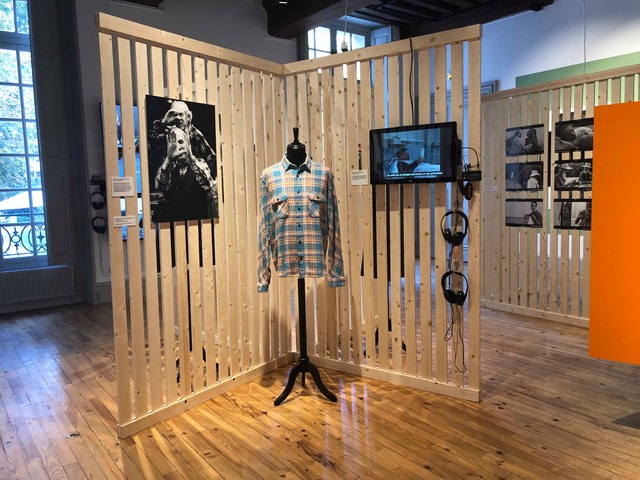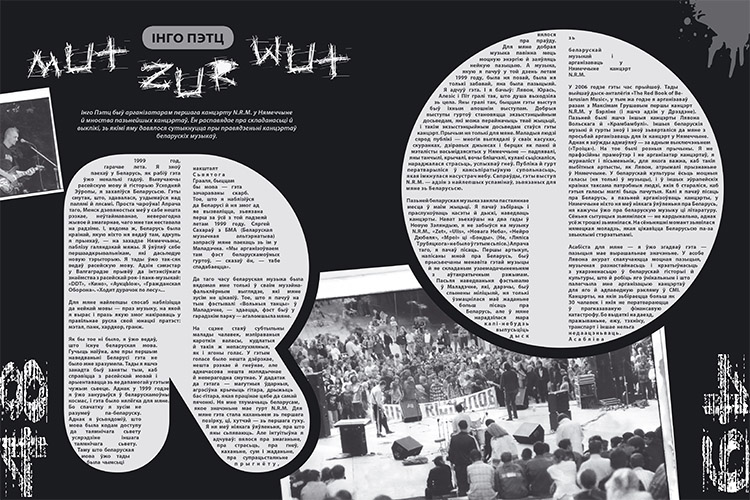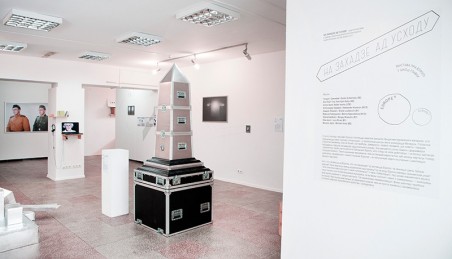
‘From East to West’ project, curator Lena Prenc, Y Gallery, 2012
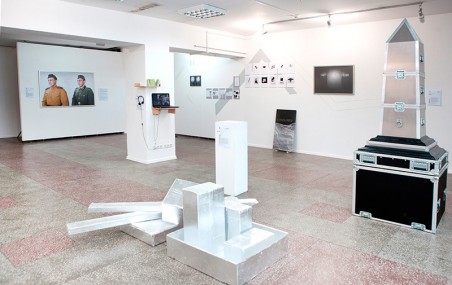
‘From East to West’ project, curator Lena Prenc, Y Gallery, 2012
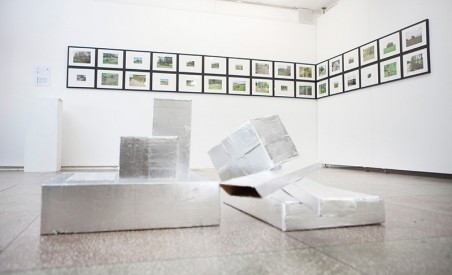
‘From East to West’ project, curator Lena Prenc, Y Gallery, 2012
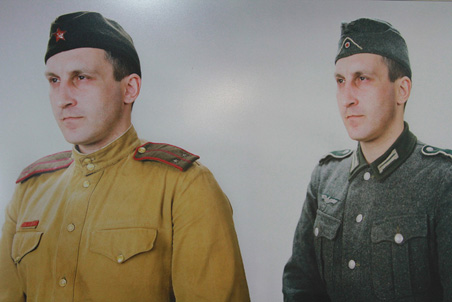
Andrej Lankiević Doubled Heroes \ Part ‘Identity’
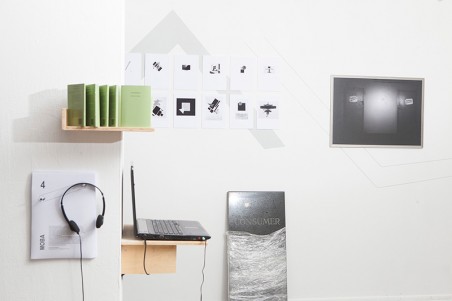
‘From East to West’ project, curator Lena Prenc, Y Gallery, 2012
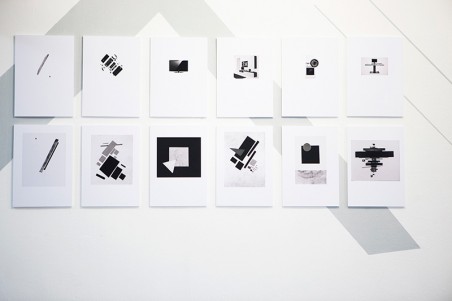
Siarhiej Śabochin WE ARE STERN CONSUMERS OF CULTURAL REVOLUTION \ Part ‘Culture’

Siarhiej Śabochin WE ARE STERN CONSUMERS OF CULTURAL REVOLUTION \ Part ‘Culture’

Alaksandar Kamarou Palipaducienni, film \ Part ‘Language’
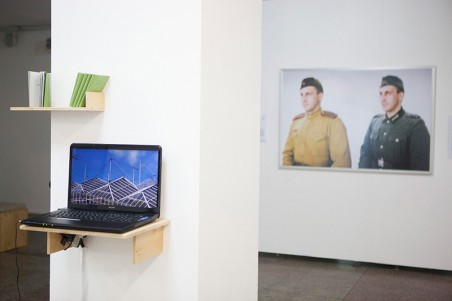
‘From East to West’ project, curator Lena Prenc, Y Gallery, 2012
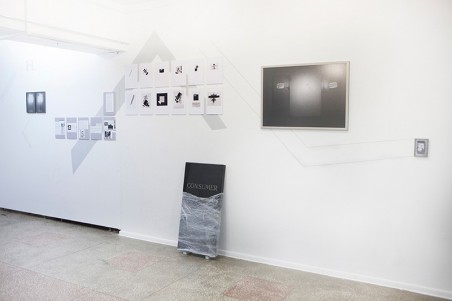
‘From East to West’ project, curator Lena Prenc, Y Gallery, 2012

Jury Śust London
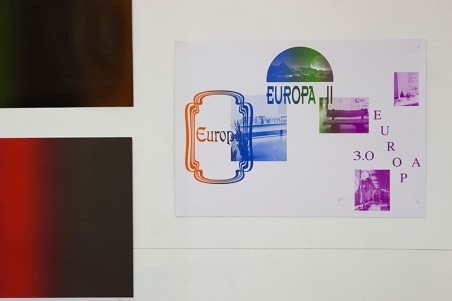
‘From East to West’ project, curator Lena Prenc, Y Gallery, 2012
pARTisan #20’2013
The notion of partisanka was first voiced ten years ago in the first issue of the almanac «pARTisan». It described not only the state of Belarusian art at that time but also the certain fighting strategy of man for the right to have personal cultural autonomy. The Belarusian philosopher Valancin Akudović was one of the people who supported this «partisan» challenge and, with time, his theory of Absence has become one of the fundamental ideas of partisan philosophy. Therefore, while attempting to answer the question what is partisanka now and what future does it have, pARTisan has addressed Valancin Akudović.
— Mr Valancin, time has passed and new cultural initiatives as well as new art tactics have appeared, namely art activism. Does it mean that the partisan strategy is losing its importance?
There used to be a popular joke in Belarus… About twenty years after the war had finished, a partisan was creeping towards a village. He saw an old woman in the field and asked her, «Madam, are there the Germans in the village?»
If my favourite almanac «pARTisan» doesn’t realise that the invented imaginary of war is over, it could face a similar fate as in the joke. When ten years ago «pARTisan» brought into life partisanka as a model project, it was mainly seen as a rescue attempt for Belarusian national art which was at the time denied and excluded from official discourse. At that time it was important to establish a platform for art which would be free and independent of any political powers and canonized aesthetic trends.
The partisan ideology perfectly fitted into this versatile position. Art departed the common, mainly political discourse; it started to hide from it, to fight with it.
In fact, it was efficient and in high demand. In those days, we were not used to political barbarianism or to the fact that art was rigidly determined by the authorities. Or, more likely, we didn’t have enough energy or strength to contradict or even a belief in victory (although very few people know that a partisan is a priori destined to lose).
However, after a certain period of time, we have found ourselves in what is a completely different situation to that when «pARTisan» was founded. Firstly, for various reasons, the idea of standing against official art has lost its sense. There is nobody to stand against. The official art is not even worthy of being a target. The same can be said about mass culture. Meanwhile, it seems that the energy of resistance, which had previously guided the partisan mission, has faded away.
— Are you trying to say that partisanka has already exhausted its potential?
No, I’m not. I just want to say that nobody has noticed that the war «we once chose» has long been over; we failed to notice it because it finished without our participation. Consequently, the grounds for a revival of a partisan ideology (if there can even be any) have drastically changed.
To explain what I mean, I have to switch from national to universal discourse and to simplify it, namely, to divide all world art into mass art and actual art. Thus, the philosophy and standards of mass art are based on making commonplace everything that can be made commonplace because, most likely, only the commonplace can be mass-oriented. By the way, the commonplace does not mean that it is not art or creativity; let’s remember Broadway musicals, for instance, in which creativity and artistry is of the highest quality. However, such a level of quality includes and repeatedly reproduces the commonplace as it is the only thing which can be perceived and accepted by mass consciousness.
It is natural that actual modern art is in radical opposition to mass art since it works with altered meanings and unusual images. For this reason, its philosophy and standards are alien, if not hostile, for most people; this is quite reasonable because any artefact of non-regulated art is an explosive device, an explosive device which is placed to one day blow apart the aesthetic conventions of the community which the artefact represents.
That is why the notion of partisanka can be applied to describe all actual art, irrespective of the country in which it destroys the conventional balance.
Now, as Pathelin has said, «revenons à nous moutons», or «let’s get back to our subject». At the time when «pARTisan» was founded, Belarusian contemporary art had not only its authentic Belarusian context and a particular vocation but also an aesthetically conditioned composition. Then, the internet emerged and came to dominate planet Earth. It immediately united the non-systemic artefacts from every culture into one universe and thus deprived actual art of its relevance, along with the uniqueness of each individual artefact. Therefore, contemporary art is not now partisanka, at least in the virtual space; it is a great, aesthetic, international phenomenon, with a globally-announced, aesthetic ideology and technology. Actual art has become, in fact, mass art, but within its own paradigm. The latter differs from the former only in scale, approximately one of 1:10 000.
For «pARTisan» to remain a partisan, its strategy needs to be changed radically.
Maybe it has to fight, not only for itself or for its place in Belarus, but also to focus all its efforts on the fight against the commonplace in the world in order to save culture as a unique creative discourse. It also has to stand against actual art which is being transformed into a stream of mass culture.
— Does this mean that Belarusian partisanka has to go beyond the limits of the local and face more global tasks, thus joining the universal fight of the intellectual against the mass-oriented?
Today, on the one hand, in the epoch of the «death» of national projects (mostly political ones) art theorists are tired of producing evidence that national culture has little value. On the other hand, I wouldn’t rush to part with the national component of our partisanka. It seems to me that in order to stand against the universal character of contemporary art, which all of a sudden has become mass art, a modernised version of national culture could be used as a powerful and impressive weapon. Good examples of this are many of Artur Klinau’s projects which he makes from straw; let’s remember the well-known The Sacred Supper.
In my opinion, «pARTisan» must never get rid of the intellectual component of its mission. Today, the aesthetic content without the intellectual perspective looks like pornography. The last work of Andrej Lankiević, the «Double portrait», has attracted attention not merely by its aesthetic values and scandalous (in terms of Belarusian society) plot, but by an underlying philosophical scheme. It’s not particularly original, but it opens up another unpleasant truth about the man…
When I was a young Soviet teenager, I was deeply impressed by the words of a German intellectual who was a former fascist camp prisoner. He said, «If life had gone a slightly different way, our guards with guns could have been in the camp barracks and we, the prisoners, would have been watching over them». In other words, any person is a hostage of his time, geographical location, ideology, specific political conditions, etc. Therefore, it doesn’t really much matter what he has on his forage cap in the army: a black swastika or a red star…
— But what to have instead? When the magazine was only emerging, the readers were the same kind of «partisans». It was a magazine for a closed circle of people. Later, there was an attempt to reach the mass reader. Who is a reader of «pARTisan» nowadays?
It’s a difficult question. There is a problem with the readership of pARTisan and it’s not new. Artur Klinau has long been aware of this problem. The edition with the yellow cover is, probably, the most explicit attempt to reach another kind of reader although it seems to me that any attempt of this kind will not be successful. «pARTisan» was created as an author’s, namely Klinau’s, magazine.
It was first and foremost a platform for Artur Klinau to present himself as an artist, writer, intellectual and skilled cultural manager. In contrast to traditional magazines, it set up a binary opposition, namely, «Artur Kilnau against all other actual art».
I think it was a very successful model. The opportunity to present himself not only as the Chief Editor, but also above all as a multifaceted creator with an independent intellectual and aesthetic position was crucial for the magazine to succeed. In addition, Klinau created each issue of the almanac with his own hands and as a work of art, like a sort of a collage in a number of pages of Artur Klinau’s authorship. In short, «pARTisan» is, in the first place, an author’s creative act and only then everything else. That’s how it was born and has matured.
In time, Artur Klinau found other wishes and intentions; he got truly fascinated by literature. Since then, he has been less involved in the design and layout of the almanac himself (in various senses). I have the impression that, at present, Artur Klinau thinks of the magazine as a traditional, everyday periodical of which he is only an everyday Chief Editor (doesn’t this correlate to the idea of the search for an everyday reader?).
However, the hidden latent sum of the cognitive possibilities that exploded when the magazine was born prevents it from transforming into something different. Surely it can be transformed by an act of strong will but does Klinau himself need such a pARTisan? The key word here is actually «himself» because Klinau’s personality is the essence of this almanac. (Or, as an option, to transform «pARTisan» into a literary magazine for publishing novels, scenarios and other pieces of Klinau’s writing and to include texts of other authors as an appendix?)
— Maybe the problem is that when the magazine was founded, it was indeed almost the only free cultural platform. Today, thanks to the Internet, such platforms are becoming more and more numerous.
When I said that actual art got snared in the trap of universalism, this is exactly what I meant. It raises the acute issue of whether actual art is really actual nowadays. This has to be discussed in the first place.
And if it turns out that actual art is not really actual nowadays, that it is not a partisan art anymore, then it’s time to run back to the forest and take to arms which have not yet been used. I’d like to stress that this is quite an important message from my side.
I don’t know where to run, not that I feel a strong urge to. And when you are asking about the reader, it is not the reader that you should look for; it’s the discourse of fighting talk which has emerged from the swamps and bushes where we used to hide. Unfortunately, various local reforms alone, such as adding more blue or yellow colouring, won’t work.
— Maybe this «forest» is one of the stereotypes which are dominant among most Belarusian people, for example, the theme of World War II, which you have mentioned? Lankiević’s project, or, rather, the reaction to it, is an example. It means it’s worth trying to work with the stereotypes, build a concept of «a partisan» as someone who enters such restricted areas and touches sensitive points.
This may be true. The main problem, as I have said, is where to hide and who or what to hunt to remain a real partisan. When we talk about a change of strategy, it is not enough to discuss painful and important topics to return «pARTisan» to its former meaning. But I don’t have a definite answer. (Maybe because, lately, I have been busy with the problem of Absence as it is and «how to be not to be» which is far away from the problem of partisanka.)
— As far as the actuality of actual art is concerned, it is clear that some of the themes and forms have become objects of mass art in today’s global world. However, they are still alien, strange and disputable in Belarus, such as, for example, Michaił Hulin’s project in Homiel’s «Palace Complex». In Homiel it has become a cultural revolution, whereas in Minsk it would have caused a different reaction.
This is a good example. Probably, for Homiel’s audience, it is a real innovation. Therefore, it is worth giving it a great deal of publicity in the magazine. But the strategy cannot be built on this alone. The magazine is read by people who have been running such projects for many years, both via the magazine and the internet. This is why we have to find another way.
Each important idea must correlate to a certain conceptual task. A Partisan is an intellectual and an aesthetic idea.
The task is needed not to destroy stereotypes or to remind the public of partisanka as it is. It is needed for «pARTisan» itself in order for it to remain a self-sufficient and valuable entity. First of all, it has to understand the need of itself before it can move on to addressing other matters.
photo © Andrej Lankiević, pARTisan
Opinions of authors do not always reflect the views of pARTisan. If you note any errors, please contact us right away.





